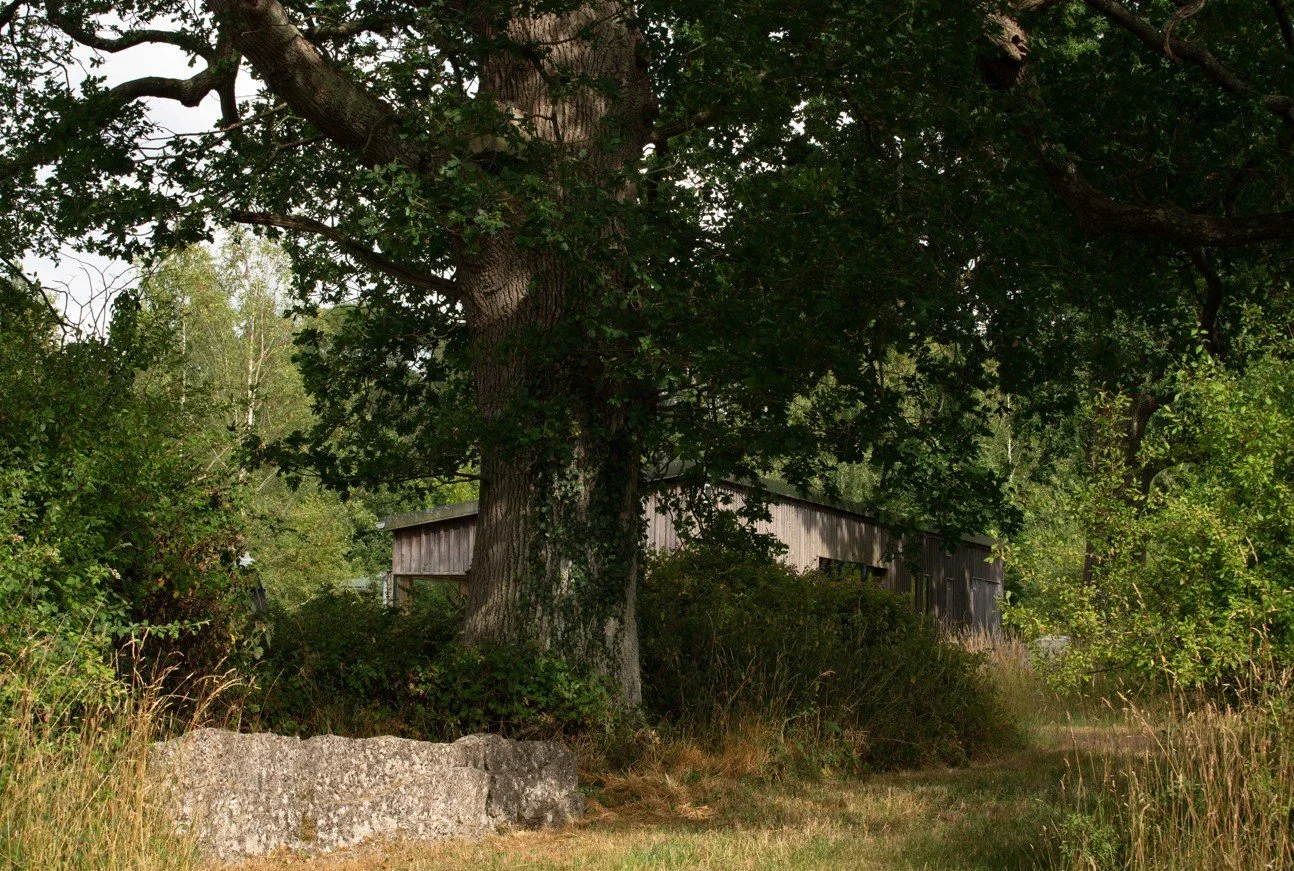LETTING NATURE TAKE THE LEAD
Photography Sophie Bolesworth of Underhill Wood Nature Reserve
Tucked behind hedgerows and nestled in the quieter corners of the British countryside, a quiet revolution is taking root. Rewilding, or perhaps more gently put, nature recovery, is no longer the sole domain of sprawling estates or ambitious landscape-scale projects. Increasingly, it's happening in humbler places: on small farms, community plots, and even back gardens, where people are making a conscious choice to step back and let nature take the lead.
Isabella Tree’s Wilding brought national attention to the Knepp Estate’s 3,500-acre experiment in ecological restoration. But for many the sheer scale of such a project felt out of reach. That, however, is changing, the principles at its heart are just as relevant on 50 acres, five, or even in a large garden.
Earlier this month, we had the opportunity to spend time with New Zealand ecologist Jonathan Thomson at his 25-acre Underhill Wood Nature Reserve in southwest Wiltshire. Jonathan is the driving force behind the Wiltshire Small Rewilders network, a growing community of landowners and nature enthusiasts who are finding ways to restore biodiversity on more manageable plots of land.
He began the workshop by sharing Rewilding Britain's own definition of rewilding - Rewilding is about creating the conditions for nature to thrive, re-establishing natural processes to repair ecosystems and boost biodiversity.
In the absence of large, landscape-shaping herbivores like the now-extinct aurochs, Jonathan explained how he mimics these natural processes himself - grazing, disturbing and opening up areas of land to encourage habitat diversity, effectively becoming, as he puts it, “the aurochs on the hill.”
Underhill is a patchwork of thriving habitats, shaped not by rigid design but by careful observation and patience. There is a natural pond, home to frogs, dragonflies and the occasional visiting heron. Nesting boxes in a purpose built barn, support barn owls, which in previous years have lived and hunted across the reserve. Hedgerows have been restored and extended, not only for their traditional charm but as essential wildlife corridors. And in a quiet corner, a beehive sits among grassland not managed for maximum yield, but to support pollinators and native flora.
As we wandered through one of the longer grass margins, we spotted a tiny frog moving just ahead of our boots, small moments like these quietly signalling nature’s return.
What struck us most, walking the paths of Underhill, was not just the change in the landscape but the change in perspective. It’s no longer about imposing our will upon the land, but working in quiet partnership with it creating habitats for wildlife to thrive, with gentle disturbances to guide it. At the studio, this has always been our guiding philosophy: that design should never override nature, but instead create conditions for it to thrive.
The Wiltshire Small Rewilders network, which also includes Fiona and Rich Cassidy who set up Found Outdoors in Devizes, is proving that you don’t need vast acreage to make a difference. You need commitment, curiosity and a willingness to let go of perfection.
And as we walked through Underhill, among the flutter of moths and the flick of grasshoppers, it was clear: when we make space for nature, nature comes back. Quietly, steadily and with astonishing resilience.
Ends










